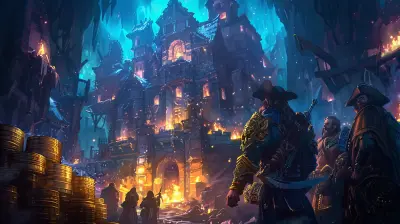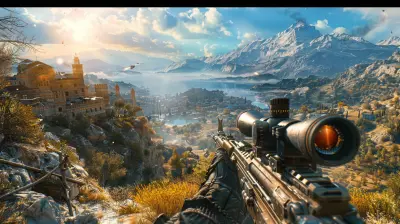The Art of Designing Addictive In-Game Economies
10 August 2025
Ever found yourself grinding in a game long after you told yourself you'd stop? Maybe it was that last sword upgrade, or one more loot box, or a rare item drop that kept you hooked. That, my friend, is no accident. It’s the invisible hand of a well-oiled in-game economy pulling your strings—and you’re dancing like a puppet made of pixels and dopamine.
Welcome to the art of designing addictive in-game economies. This is where psychology meets storytelling, meets math, meets an all-nighter. Let’s unpack the magic behind the digital gold rush.
🎮 What Is an In-Game Economy Anyway?
First things first—what are we even talking about?An in-game economy is the system within a game that regulates how resources, items, and currency are earned, spent, traded, and valued. Sound boring? It’s actually the lifeblood of any modern game, from your mobile idle-cash clicker to full-blown MMOs like World of Warcraft or futuristic open worlds like Cyberpunk 2077.
In-game economies give your actions value. They make time investment feel worthy. Without them, there’d be no reason to collect coins, no thrill in loot boxes, no satisfaction in unlocking that killer skin.
But there's a difference between an economy that's functional and one that’s addictive. The latter? That’s where the real sorcery kicks in.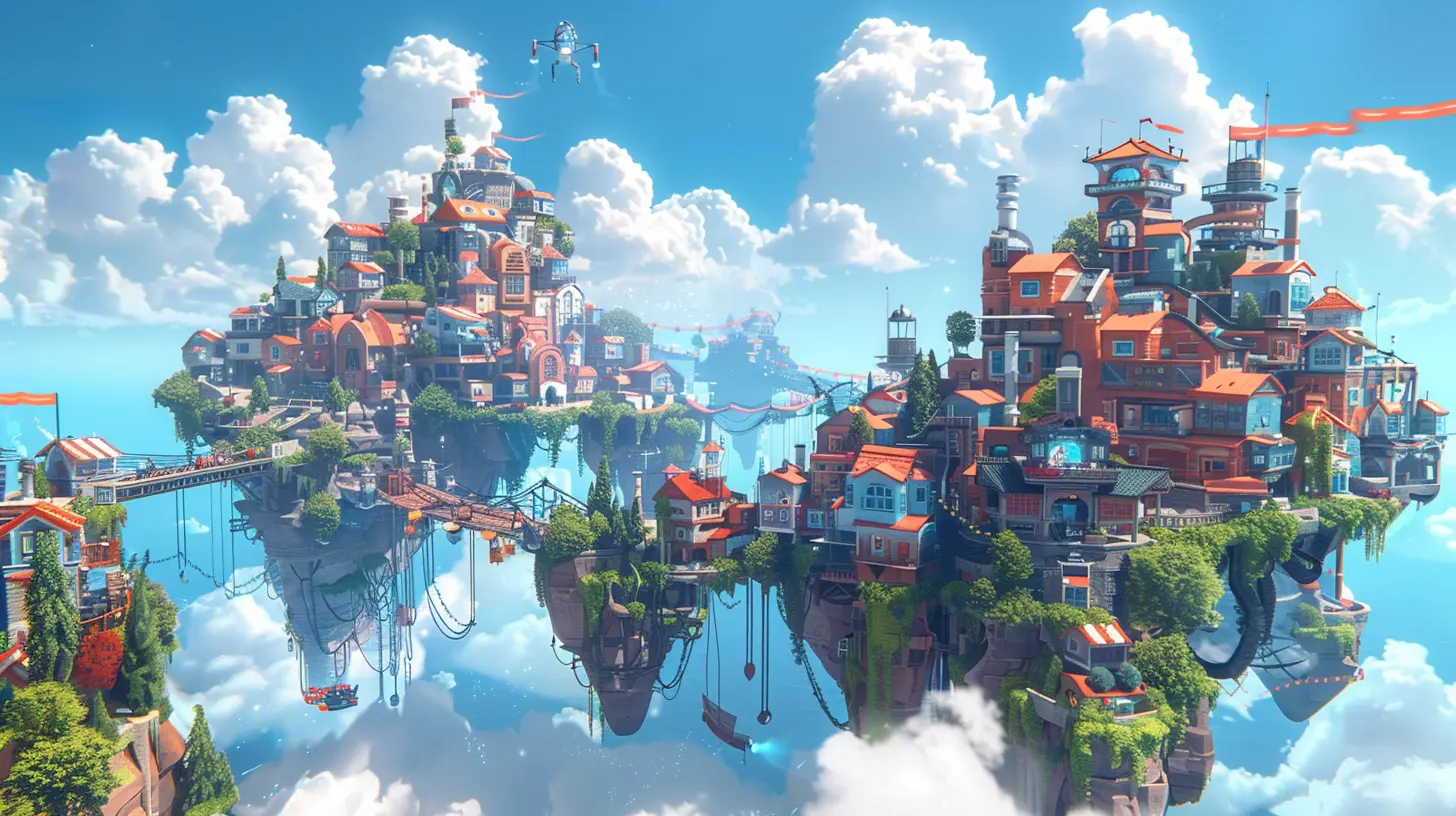
🌀 The Psychology Behind the Grind
Before we dive into the mechanics, let’s talk about why our brains are so dang susceptible to these digital economies.Gamers crave two things: a sense of progress and a taste of unpredictability.
Progress gives us dopamine. Those incremental upgrades, level-ups, and currency milestones make us feel like we’re moving forward—even if we’re just running on a hamster wheel crafted from XP and gold.
But sprinkle a little chaos—random drops, fluctuating market prices, time-gated events—and boom, you’ve got unpredictability. That unpredictability keeps us curious, engaged, and okay maybe... addicted.
It’s basically slot machines + achievement systems = a digital casino with better lore.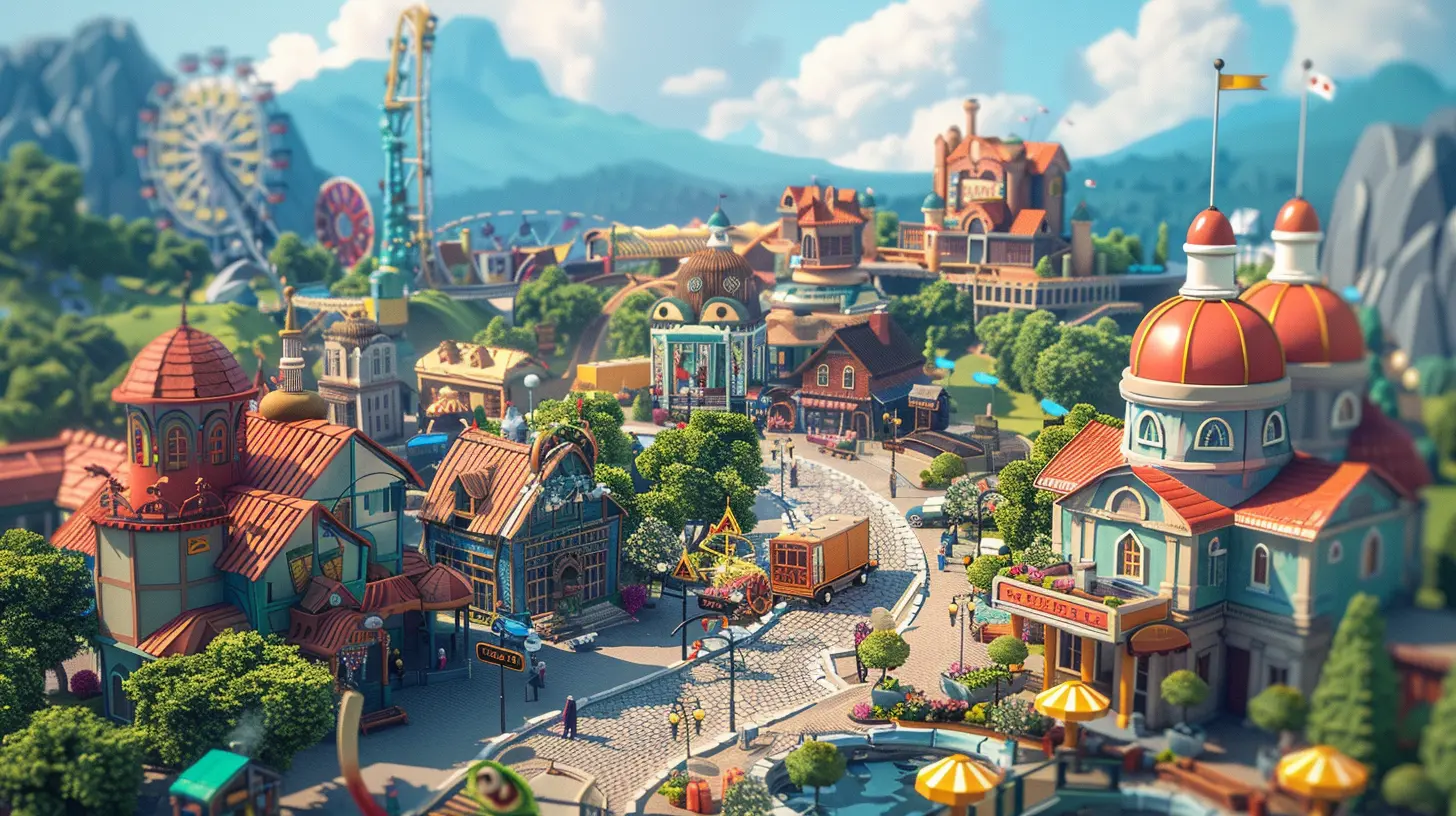
💰 Core Components of a Successful In-Game Economy
Not all economies are created equal. Great ones balance challenge and reward, scarcity and abundance, grind and gratification. Let’s break it down.1. Currencies Galore—More Is... More?
Games used to have one currency. Remember when coins were coins and that was it?Now? Most games juggle multiple forms—gold, gems, tokens, credits, shards, souls, runes, you name it. Why?
Because each one serves a different purpose. And more importantly, it keeps players engaged in different systems at the same time. One currency might be for cosmetic items, another for functional upgrades, another earned only through PvP or daily logins.
This multiplicity creates micro-economic ecosystems inside the game. It keeps players bouncing between activities—“Just one more dungeon so I can earn those essence points for the seasonal event.”
Yup, they got you.
2. Loot Tables & RNG: The Heartbeat of the Hustle
Random loot isn't just fun—it’s addictive. Players are far more likely to keep grinding if there’s a chance (no matter how small) of hitting the jackpot.Enter RNG—random number generation. It’s behind every loot box, treasure chest, and item drop.
But smart designers don’t leave it entirely to chance. They build in “soft pity” timers, increased drop rates over time, or allow multiple currencies to convert into the same high-tier items. It gives players hope and a safety net.
It’s like aiming a dartboard in the dark—but you know eventually, you’ll hit the bullseye.
3. Scarcity & FOMO (Fear of Missing Out)
Ever rushed into a game because an event was “limited-time only”? That’s by design.Creating scarcity—whether it's time-gated events, exclusive items, or limited availability currencies—triggers urgency. Even if the reward isn't objectively better, your need to get it skyrockets.
Add in holidays, seasons, collabs, and battle passes, and you’ve got a calendar full of “now or never” moments. Players feel they have to engage—or risk falling behind or missing out.
Scarcity sells. Emotionally and economically.
4. Inflation, Sinks & Supply Chains
Let’s get nerdy for a sec.If players keep earning gold, but nothing removes it from circulation, you get inflation. Suddenly, the millions you earned feel meaningless. The economy collapses under its own weight.
To avoid this, game designers add money sinks—ways to spend currency without gaining power. Think cosmetic upgrades, player housing, or vanity pets.
Other games use complex supply chains or crafting systems: turn raw materials into refined items, then into legendary gear. This keeps the economy dynamic and layered.
It’s not just about earning more—it’s about what you do with what you've earned.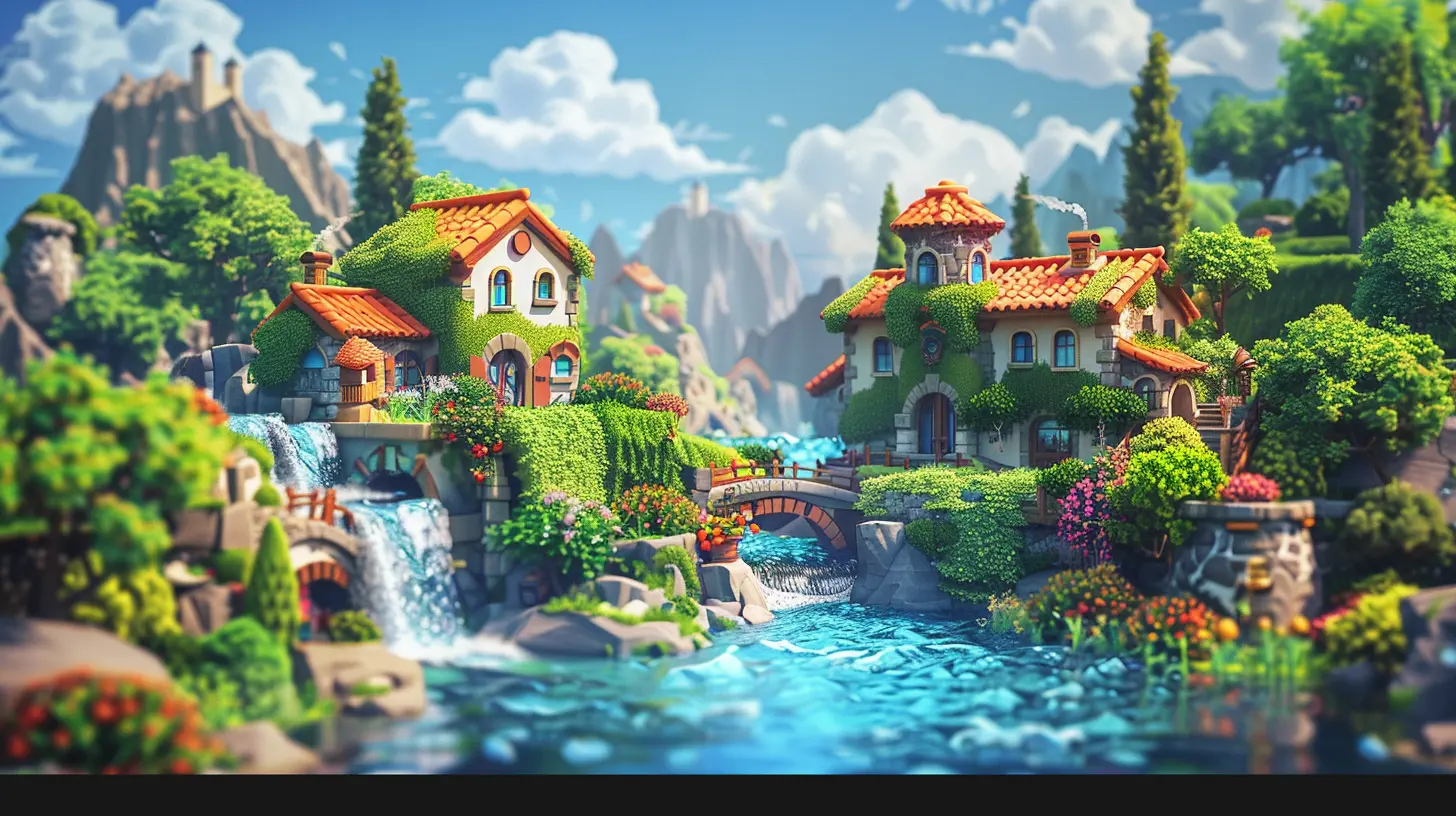
👥 Player-Driven Economies: The Wild West of Game Dev
When players can trade, sell, or auction items to each other, the game shifts from a controlled economy to a living, breathing marketplace.Games like Runescape, EVE Online, or Path of Exile thrive on this. Here, players become part-time economists, market analysts, and sometimes... black-market moguls.
But with freedom comes chaos. Devs need to watch for:
- Gold farming & bots
- Market crashes
- Item hoarding
- Inflation due to duplication glitches
Still, when done right, player-driven economies bring emergent stories, drama, and community. It’s the closest games get to simulating real-world chaos—and players love it.
🔄 The Loop: Reward Cycles That Keep You Hooked
At the center of every addictive game economy is a loop—a simple pattern that loops endlessly, offering just enough reward to keep players engaged.For example:
1. Kill monsters ➜
2. Earn coins ➜
3. Buy gear ➜
4. Kill stronger monsters ➜
5. Repeat.
That’s the core game loop. But good designers layer this loop with:
- Daily quests
- Weekly login bonuses
- Prestige resets
- Seasonal content
- PvP ladders
These systems sync and overlap to ensure you're always one step away from the next milestone.
It's like eating popcorn. You never eat just one kernel. Something in your brain says, “Just one more.” That’s the loop talking.
🎨 Monetization Without Ruining the Magic
Okay, let’s talk about the elephant in the room: real-world money.The line between an addictive in-game economy and a pay-to-win cash grab is thin—and it's easy to cross.
Here’s how the best games monetize without spoiling the fun:
- Offer cosmetic-only items
- Provide grindable paths to premium content
- Use battle passes with fair value
- Avoid paywalls or pay-to-win mechanics
- Keep premium currencies earnable in small quantities
Players don’t mind spending when they feel respected. Cross that line, and they’ll uninstall. Or worse—review bomb.
🚫 Pitfalls & Common Mistakes
Even the best-designed economies can crumble. Here’s where many go wrong:- Overcomplication: If players need spreadsheets to understand your currency system, you’ve gone too far.
- Too Grind-Heavy: Balance is key. If rewards feel too far out of reach, players burn out.
- Power Creep: Adding better gear every patch without addressing old content leads to irrelevance of previous efforts.
- Lack of Sinks: If currency piles up with nowhere to go, inflation runs wild.
- Pay-to-Win: Let’s just say... don’t.
🧠 Real-World Examples That Got It Right
Let’s give a standing ovation to some legends in the game economy department.1. Animal Crossing: New Horizons
Turnips. Enough said. The stalk market created social strategies, island visits, and Discord trade servers. Pure economic magic.2. Warframe
A free-to-play game where premium currency (Platinum) can be earned through player trading. Grinding has value. Spending feels optional, not required.3. World of Warcraft
Auction houses. Crafting professions. Daily quests. Gold sinks. Seasonal events. And those sweet, sweet heirloom items. The gold standard (pun intended).🧪 The Alchemy of Balance
At the heart of it, designing an in-game economy is like alchemy. You’re not just playing with numbers; you’re mixing emotion, psychology, time, and storytelling.Too little reward? Players quit.
Too easy? They get bored.
Too much complexity? They bounce.
But get it just right? You’ve crafted a digital world that players live in, not just play.
It’s a delicate symphony of scarcity, satisfaction, and surprise.
🎯 Final Thoughts: The Game Outside the Game
Here’s the kicker.In-game economies don’t just support gameplay—they are the game for many players. Managing resources, min-maxing currency strategies, flipping items on the open market... these are activities players engage in for fun.
So if you’re a game dev or aspiring designer, remember: you're not just building a fantasy world. You're building its entire financial system—a place where time has value, gold tells a story, and every click can echo through a virtual economy.
It’s not just design—it’s art. And when done right? Players will gladly keep chasing that next shiny thing.
all images in this post were generated using AI tools
Category:
In Game PurchasesAuthor:

Lana Johnson
Discussion
rate this article
1 comments
Serenity Smith
This article offers valuable insights into the complexities of in-game economies. The balance between player engagement and ethical design is crucial. I appreciate how you highlighted various strategies that developers can utilize to create rewarding experiences without resorting to exploitative mechanics. Looking forward to more discussions on this vital topic!
August 25, 2025 at 4:29 PM

Lana Johnson
Thank you for your thoughtful comment! I'm glad you found the insights valuable, and I look forward to continuing the discussion on ethical game design.

